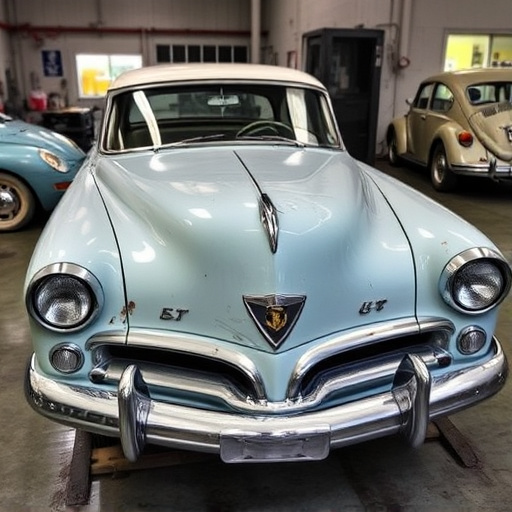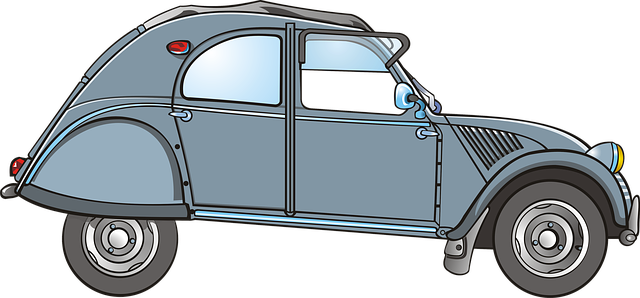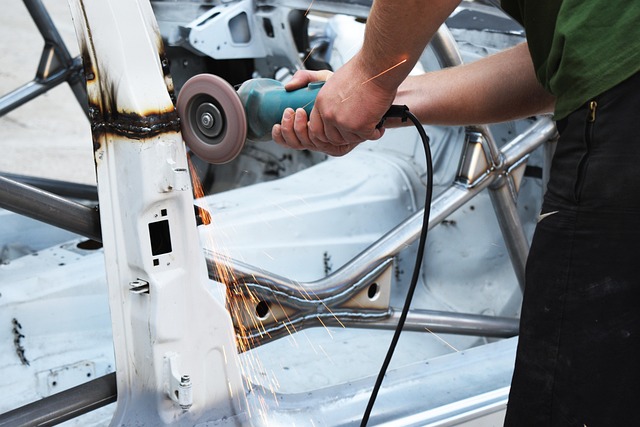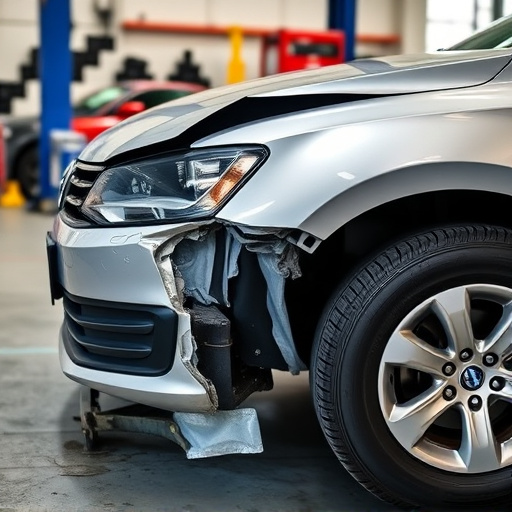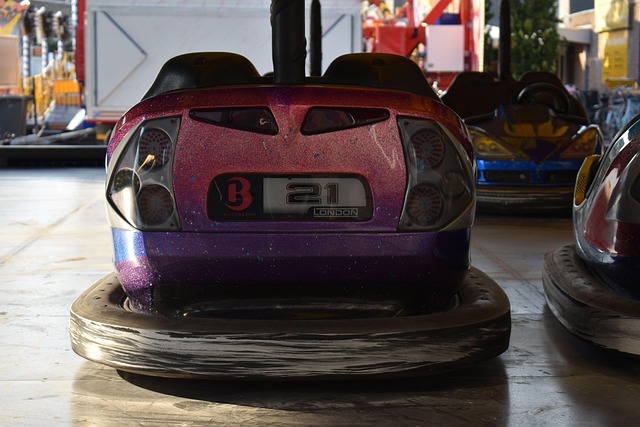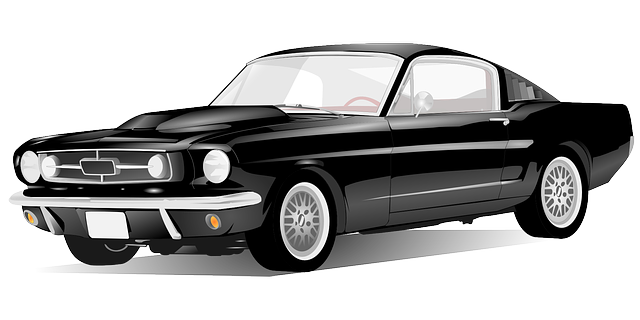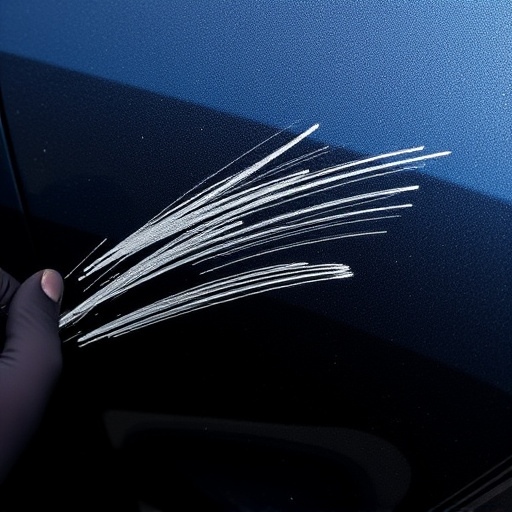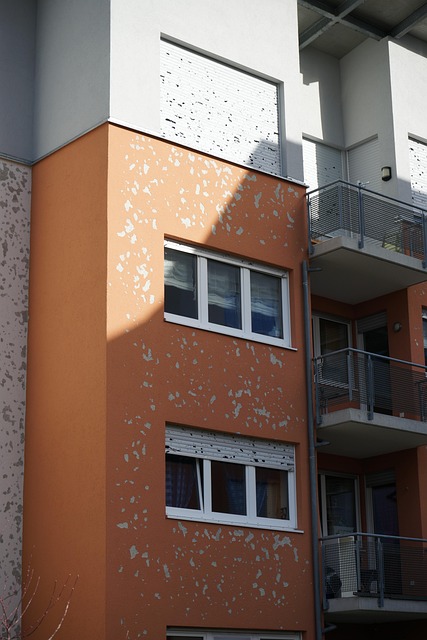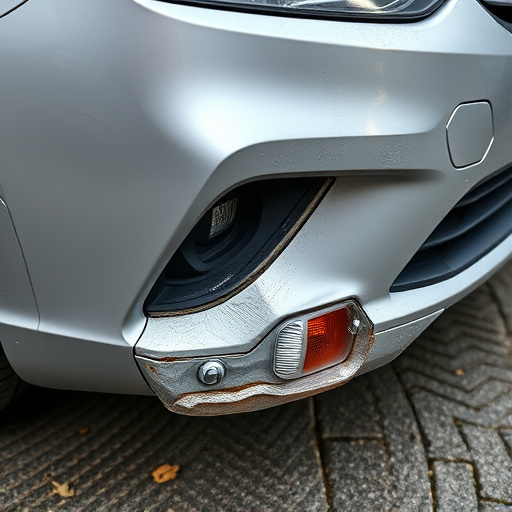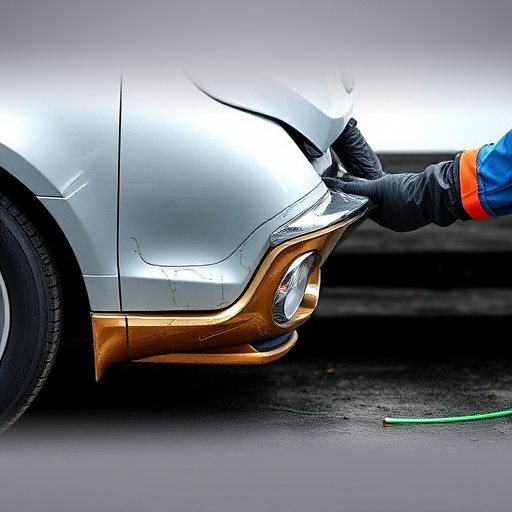The future of automotive repairs is defined by the integration of 3D vehicle scanning technology, which offers unparalleled precision and efficiency. This innovation creates precise digital models of vehicles, streamlining inspections, measurements, and repairs, especially for intricate tasks like dent repair. By swiftly generating detailed digital models capturing every curve and surface, 3D scanning revolutionizes collision repair, enabling faster turnaround times, enhanced service quality, and accurate documentation of pre- and post-crash conditions, setting new industry standards.
The future of automotive repairs is here, and it’s driven by 3D vehicle scanning technology. This innovative process promises to revolutionize the way we approach car maintenance, offering unprecedented precision and efficiency. By capturing detailed digital models of vehicles, 3D scanning transforms traditional measurement methods, enabling faster, more accurate damage assessments and precise repair work.
From enhancing safety to streamlining workflows, this article explores the exciting potential of 3D vehicle scanning, delving into its technological advancements, real-world applications, and the challenges and opportunities it presents for the automotive industry.
- Revolutionizing Automotive Repairs: The Rise of 3D Vehicle Scanning
- – Exploring the benefits and applications of 3D scanning technology in the automotive industry
- – How 3D vehicle scanning compares to traditional measurement methods
Revolutionizing Automotive Repairs: The Rise of 3D Vehicle Scanning
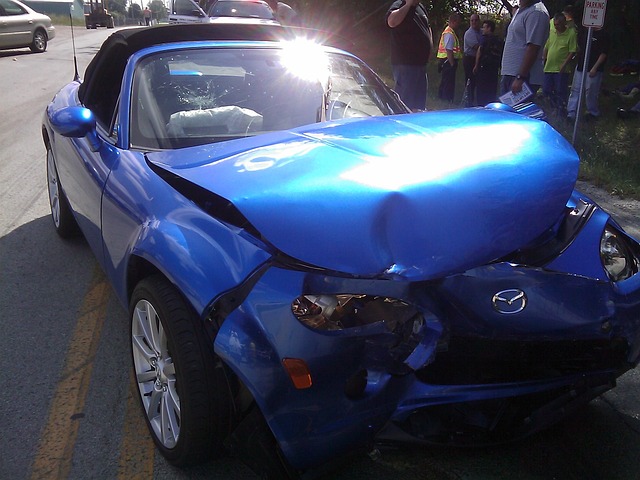
The future of automotive repairs is here with the advent of 3D vehicle scanning technology. This innovative process is revolutionizing the way car bodies are inspected, measured, and repaired, marking a significant departure from traditional methods. By creating precise digital replicas of vehicles, 3D scanning offers an unprecedented level of accuracy and efficiency in auto painting and car body restoration processes.
With its ability to capture intricate details, from panel gaps to surface imperfections, 3D vehicle scanning ensures that every aspect of the vehicle bodywork is accurately represented digitally. This technology streamlines the repair process by enabling technicians to quickly identify damage, plan repairs, and precisely match colors for auto painting jobs. It’s a game-changer in the industry, fostering higher quality outcomes and reducing the time typically spent on manual measurements and color matching during car body restoration.
– Exploring the benefits and applications of 3D scanning technology in the automotive industry
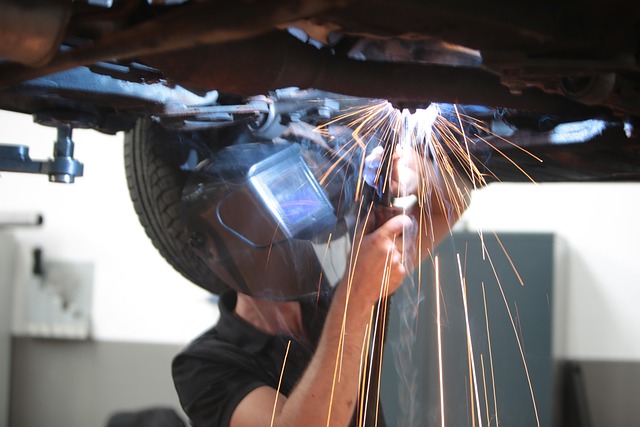
The adoption of 3D scanning technology is transforming automotive repairs, offering a multitude of benefits that enhance efficiency and precision. By capturing detailed digital representations of vehicles, from their exterior surfaces to intricate internal components, 3D scanners provide an accurate and non-destructive assessment of damage. This is particularly advantageous in complex cases, such as car dent repair, where traditional measuring methods might fall short. Auto body services can leverage this technology to streamline the estimation process, ensuring faster and more accurate repairs.
Furthermore, 3D scanning plays a pivotal role in collision repair, allowing technicians to precisely measure and document pre-and post-crash conditions. This level of detail enables better restoration and ensures that vehicles return to their original state. With its ability to capture microscopic nuances, 3D vehicle scanning revolutionizes traditional auto body services, setting new standards for quality and precision in the automotive industry.
– How 3D vehicle scanning compares to traditional measurement methods
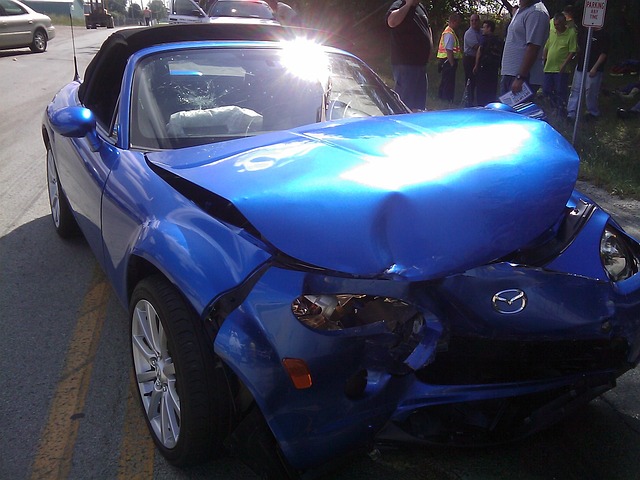
In comparison to traditional measurement methods, 3D vehicle scanning offers a significant leap forward for automotive repairs. While manual measurements rely on time-consuming and subjective assessments, 3D scanning provides precise digital models of vehicles in a fraction of the time. This technology captures every nuance of a car’s surface, from intricate body panels to complex curves, delivering an unparalleled level of detail.
Moreover, 3D vehicle scanning streamlines the process for auto repair shops, particularly when addressing tasks like paintless dent repair or car dent repair. The digital data captured can be used to accurately assess damage and develop precise repair strategies, minimizing costly mistakes and maximizing efficiency. This advanced approach ensures that every auto repair shop can deliver top-notch service with enhanced accuracy and speed.
3D vehicle scanning is poised to revolutionize automotive repairs, offering unprecedented accuracy and efficiency compared to traditional measurement methods. By providing detailed digital models of vehicles, this technology enables faster diagnostics, improved part replacement, and reduced waste. As the field advances, expect to see 3D scanning integrated more seamlessly into repair shops, ultimately enhancing the overall quality and sustainability of automotive services.
